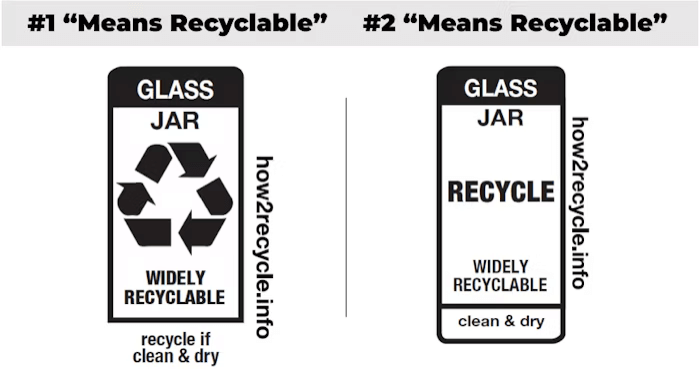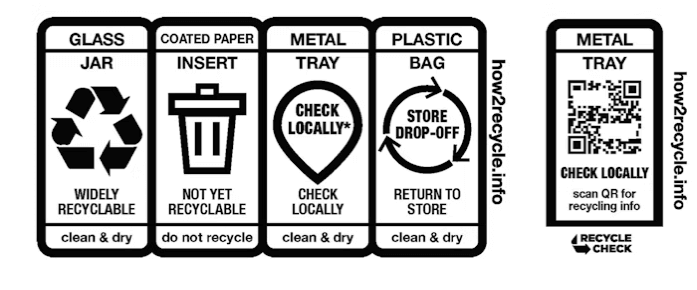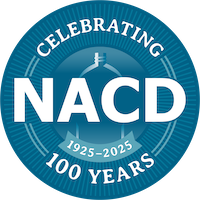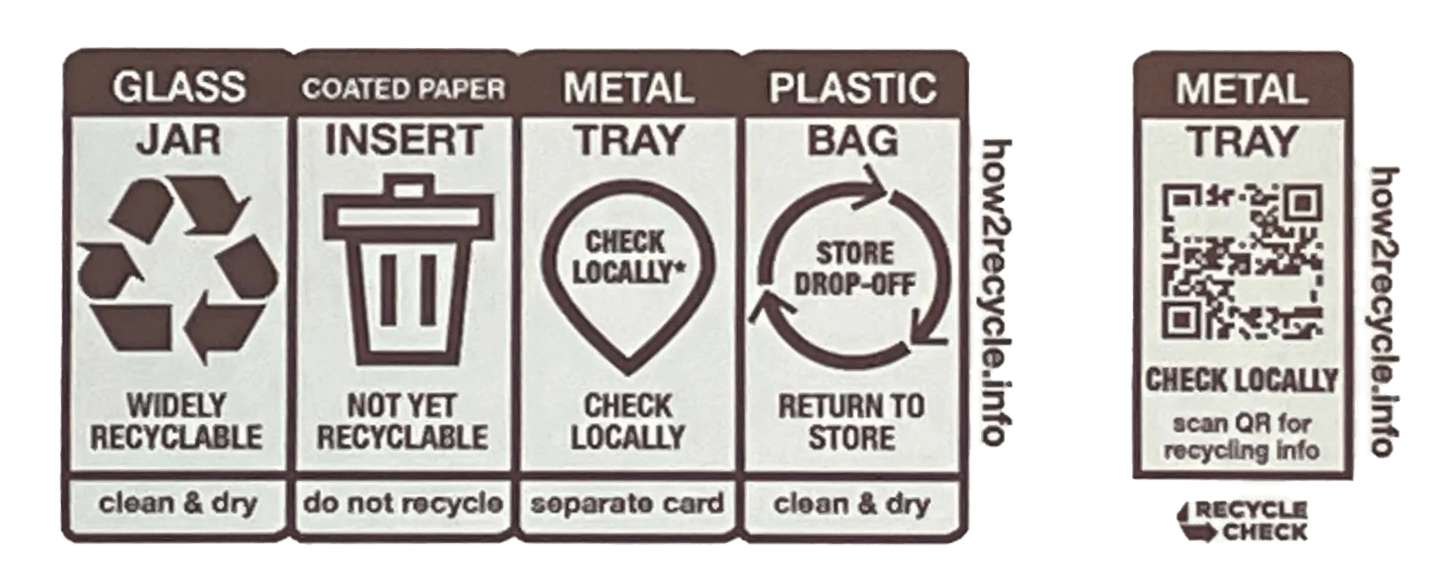Blog Post: Deep Dive into How2Recycle Updates
Deep Dive into How2Recycle Updates
Introduction
The Sustainable Packaging Coalition (SPC) is a membership-based group focused on promoting sustainable packaging solutions. How2Recycle, launched by SPC in 2012, helps companies improve recyclability, earning recognition such as the 2017 Dupont Packaging Silver Award. By 2023, How2Recycle had over 525 members, including 200+ packaging manufacturers, and had provided over 100,000 design recommendations.
How2Recycle Forward
In 2024, the How2Recycle Forward campaign helped members stay ahead with four key initiatives:
- Refreshing their label design
- Enhancing their data ecosystem
- Optimizing their operation
- Empowering consumers to make informed disposal decisions
At SPC Advance Chicago in September 2024, Paul Nowak, GreenBlue’s Executive Director, announced that the updated How2Recycle Pro label had been shared with the FTC and other regulators in the US and Canada for finalfeedback before its official launch. As the FTC updates the Green Guides and states adopt Extended Producer Responsibility (EPR) laws, How2Recycle is adjusting its labels to stay compliant with evolving regulations.
EPR in US and Canada
EPR (Extended Producer Responsibility) holds packaging producers accountable for managing the entire lifecycle of their products, shifting waste management costs from municipalities to producers. Producers join a Producer Responsibility Organization (PRO) to collect fees based on the type and weight of materials they introduce to the market, with fees varying by recyclability and material type. For example, EPS (styrofoam) can cost $3.24 per kg, while corrugated cardboard is only $0.56 per kg. Currently, 5 US states have passed EPR laws, while several others have introduced or are studying EPR bills. Canada also uses the How2Recycle label and is another key market for EPR.
The New Look
Critics argue that the How2Recycle label can mislead consumers by creating false expectations about recyclability, without accounting for local recycling capabilities. Despite proposals for a redesign to adapt to changing state legislation, How2Recycle is not yet ready to fully move away from the chasing arrows symbol. Brandi Parker, who led the redesign and now serves as the program lead for SPC’s Design Collaborative, focused on preserving successful elements while evolving the concept. Her team tested consumer comprehension, and found that 84% recognized the How2Recycle label, with 91.2% remembering the chasing arrows symbol. Additionally, 51% of respondents said the label influenced or encouraged their purchase decisions.
How2Recycle tested various label designs with over 1,000 respondents per round. The results showed that the chasing arrows symbol was the most favored visual cue for encouraging recycling, preferred by both consumers and professionals. A simple "RECYCLE" icon was a distant second.
Regulatory Components

The traditional chasing arrows symbol will now be reserved for items classified as widely recyclable, accepted by at least 60% of US recycling facilities, in line with the FTC’s Green Guides. California’s SB 343, passed in 2021, sets criteria for recyclable labeling, with similar laws likely to emerge in other states, especially those with EPR. To use the arrows, companies must meet eligibility requirements based on CalRecycle data. The regulation is evolving, with new prohibitions on mislabeling expected by 2026. The redesign team created two versions: one with arrows and one without, depending on regulatory feedback.
How2Recyle Plus

Under the How2Recycle Forward umbrella, the new How2Recycle Plus tile designs feature QR codes or data matrix codes that link to The Recycling Partnership's Recycle Check platform. Consumers can scan the code, enter their zip code (or enable location services), and quickly find out whether a material is recyclable in their area with a simple yes or no answer.
Case Studies
Danone was one of the first to use the How2Recycle Plus label with a QR code on select Silk milk products, including Silk Kids cartons. The company chose the label for its real-time information on local recyclability, helping consumers make informed recycling decisions. Danone is also considering it for other products, like polypropylene cups. Similarly, General Mills is using the QR code on Pillsbury packaging to simplify recycling for consumers, tracking scan rates which range from 5% to 12%. The goal is to increase scans to 20-25%. The QR code is paired with clear language to ensure consumers still get key recycling information, even without scanning.
Label Request Process
How2Recycle membership is open to brand owners for an annual fee, allowing them to label packaging with the How2Recycle logo. Each package undergoes a recyclability assessment, helping brands discover improvement opportunities. The Member Platform tracks and enhances recyclability across packaging portfolios, fostering collaboration among teams. New guidelines were recently launched to the public for further resources.
Benefits to Packaging Distributors
The How2Recycle label benefits packaging distributors in several ways:
1. Market Differentiation: It helps distributors stand out by showing their commitment to sustainability.
2. Streamlined Compliance: The label simplifies meeting recyclability regulations, helping distributors stay ahead of changes.
3. Consumer Trust and Education: It educates consumers on proper recycling, improving engagement and behavior.
4. Supporting Sustainability Goals: The label helps brands meet environmental goals by providing recyclable packaging.
5. Improved Recycling Outcomes: It increases proper recycling, improving rates and reducing contamination.
Overall, the How2Recycle label supports distributors in staying competitive, meeting sustainability demands, and contributing to a more effective recycling system.
Thoughts for the Future
The future of How2Recycle labels is closely tied to EPR programs and evolving packaging laws:
- Data from EPR Programs: How2Recycle will use data from EPR programs in the US and Canada to guide future label updates and engage with producers to enhance consumer involvement in recycling.
- Emerging Laws: More laws similar to California’s SB 343, which sets criteria for labeling items as recyclable, are expected. These laws will likely spread to other EPR states and those with Deposit-Return-Schemes, aiming to reduce consumer confusion and improve recycling participation.
- Eco-Modulation: EPR programs may introduce incentives for producers who make their packaging more sustainable, recyclable, and impactful from the design phase. States like Oregon are already planning eco-modulation, which could eventually reward producers using the How2Recycle label.
For more information on Bottle Bills and eco-modulation, resources are available at Packaging School here.
Resources:
- Sustainable Packaging Coalition. (n.d.). About Us.
- Grist. (2017, Nov. 7). Here’s something that could make recycling a lot easier. [Digital image].
- How2Recycle. (n.d.). Recycling can be a challenge.
- The Costco Packaging Guys. (2020, June 9). How2Recycle logos to play a huge role in the future of Club Packaging. [Digital image]
- Center for Climate Ingest Kirtu. (2024). The Fraud of Plastic Recycling.
- Sustainable Packaging Coalition. (2018). How2Recycle in Times Square.
- Vann, K. (2021, Jan. 5). The unfulfilled promises of plastic film recycling. Waste Dive.
- Rachal, M. (2024, Oct. 1).The How2Recycle label is getting a new look. Packaging Dive.
- Moore, M.K. (2024, May 14). How Will Policy Change Labeling? Updates on Refreshing the How2Recycle Label. GreenBlue.
- Rachal, M. (2024, Oct. 14). How2Recycle doesn’t want to abandon the chasing arrows. Packaging Dive.
- Moore, M.K. (2024, Aug. 20). Findings from First Round of Consumer Testing the How2Recycle Label Refresh. GreenBlue.
- Wakefern Food Corp. (2025). Recycling Made Easy. [Digital image].
- R3 Consulting Group. (2023). CalRecycle. [Digital image].
- Swientek, R. (2024, Jan. 29). California Regulation to Restrict Recyclability Claims on Packaging. Berlin Packaging.
- State of Oregon Department of Environmental Quality. (n.d.). CA SB 343 Background for the Truth in Labeling Task Force.
- Kulacki, K. (2021, Oct. 14). California Takes Aim at Recycling Labeling. Exponent. [Digital image].
- Yoder, K. (2024, July 12). How the recycling symbol lost its meaning. Grist.
- Rosengren, C. (2021, Sept. 9). High-profile bill to regulate recyclability labels signed in California. Waste Dive.
- Quinn, M. (2024, July 4). Recycling label requirements proposed in draft federal bill. Waste Dive.
- Mohan, A.M. (2012, Oct. 9). FTC 'Green Guide' revisions finalized. Packaging World. [Digital image].
- O’Connor, M.C. (2023, Sept. 6). Taming the wild west of environmental marketing: A Green Guides history. Packaging Dive.
- How2Recycle. (n.d.). Widely Recyclable.
- Reynolds, M. (2024, Dec. 9). Danone Adds Refreshed How2Recycle with Dynamic, Localized Recycle Check. Packaging World.
- Rachal, M. (2024, Oct. 10). Danone chooses cartons for initial How2Recycle Plus rollout. Packaging Dive.
- Salley, C. (2024, Nov. 18). Nonprofit launches simple switch to finally give clear answer on what can be recycled in your area: 'Getting the information they need.’ The Cool Down Company.
- Food Lion. (n.d.). Pillsbury Deep Dish Pie Crusts 9 Inch - 2 ct Frozen. [Digital image].
- Rachal, M. (2023, May 25). General Mills, Horizon Organic to add QR codes with location-specific recycling information. Packaging Dive. [Digital image].
- GreenBlue. (n.d.). Our partners that are changing recycling.
- GreenBlue. (2024, Jan, 4). The How2Recycle Guide to Recyclability.
- GreenBlue. (n.d.). Become a How2Recycle member.
- Packaging Strategies. (n.d.). GLACÉAU Smartwater adds recyclable label to new sparkling water. [Digital image].
- GreenBlue. (2025, Jan. 31). How2Recycle Releases New Guidelines for Use with Changes to Recyclability for Two Formats.

